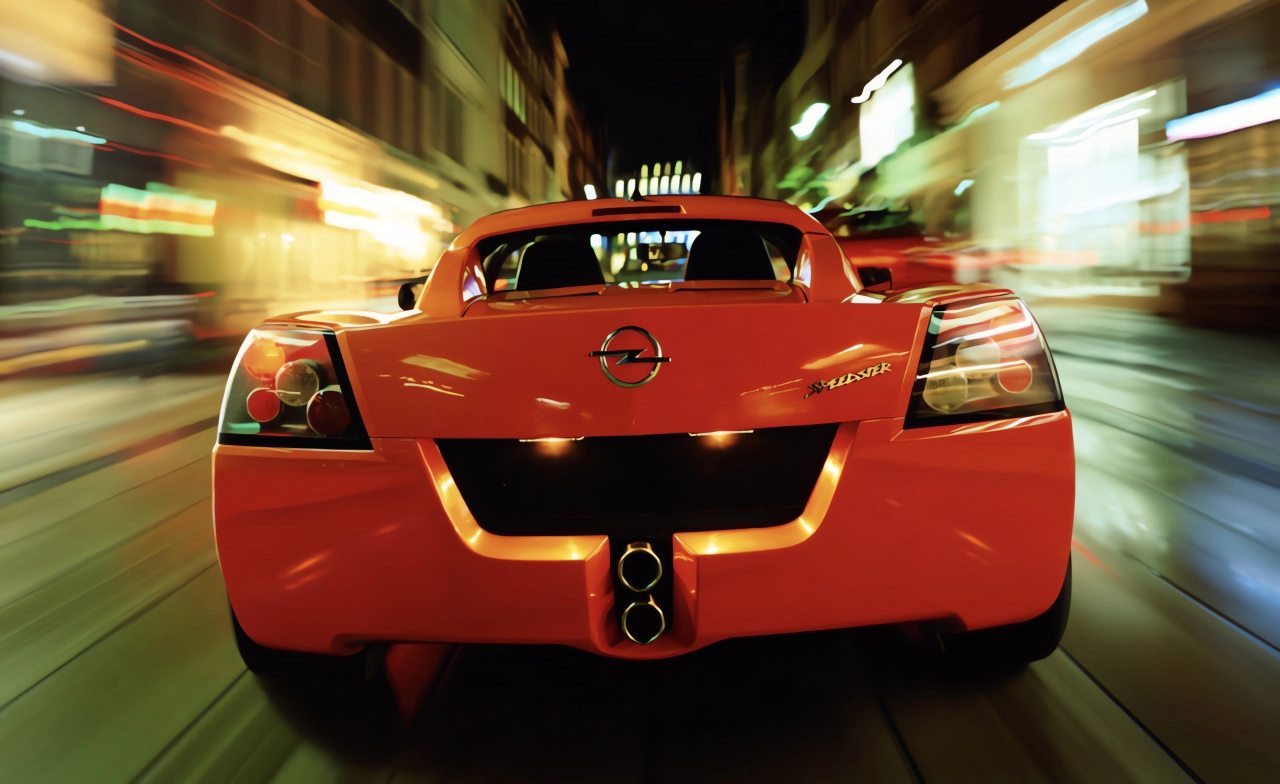
Martyn Chudley's journey into the gaming industry began with a small studio called Raising Hell Software, which flourished into Bizzare Creations, marking the genesis of one of the most notable transformations in racing game development. Bizzare Creations' foray into 3D racing with an official Formula 1 title for the PlayStation marked a distinct shift from their 2D platforming roots. This monumental project not only established the studio as an innovative force in the genre but also caught Sega's attention.
Sega's pursuit of Bizzare Creations is akin to the plot of a spy thriller. Katsuhisa 'Kats' Sato, then a Senior Producer at Sega Europe, cleverly orchestrated a tactic to uncover the studio responsible for the impressive F1 PlayStation game by causing a reset that revealed the developers' identities. Sato's successful gambit ultimately drew Chudley and his team towards a collaboration with Sega.
This partnership was born out of not just admiration but also a timely parting of ways between Sony and Bizzare Creations. After tough negotiations and a controversial situation regarding the F1 game licensing, Chudley decided it was time for a change. With respect lacking from Sony and the desire to not churn out repetitive titles, the segue to Sega seemed like the next logical step.
Sega provided a breath of fresh air as a collaborator, offering creative freedom and exciting new potential with their upcoming Dreamcast console. In the talks, the team pondered the use of the Ferrari License and even an Italian Job-inspired game. However, the idea of accessible, aspiration-driven sports cars racing through real city streets eventually solidified into what would become Metropolis Street Racer (MSR).
The MSR represented uncharted territory. It was one of the first games to feature real cars and cities, raising the bar for authenticity in racing games. Chudley emphasized that obtaining car permissions was surprisingly straightforward, with manufacturers eager to have their vehicles represented positively. The team went to great lengths to capture the essence of real-life driving, including extensive research and renting cars to analyze their handling and audio characteristics.
However, MSR's development was fraught with challenges. Tensions arose over the game's direction, with conflicting visions within the team leading to a disappointing initial E3 demo. Criticism from the public and within the studio itself instigated major changes, including the removal of the lead coder who had led the project toward an excessively arcadey feel.
A radical decision was made to request an additional 12 months for development at Bizzare Creations' expense, signifying their dedication to delivering a worthy game. Chudley himself stepped in to reassume hands-on coding responsibilities, overhauled major aspects of the engine, and introduced innovative features such as the dynamic radio music system and the groundbreaking Kudos system, which revolutionized the reward mechanics in racing games.
Despite the monumental efforts and cutting-edge technologies utilized, MSR launched to great critical acclaim but limited commercial success. The studio faced excruciating work hours and significant financial pressure during this period. With only about 120,000 units sold worldwide and the Dreamcast's eventual failure in the market, the future seemed uncertain for Bizarre Creations and MSR.
Despite its difficulties, MSR laid the groundwork for the future. Less than three months after MSR's release, Sega exited the hardware business, allowing Bizzare Creations to retain the rights to their creation, sans the name and licensed content. This unexpected turn of events led to a partnership with Microsoft and the birth of the celebrated Project Gotham Racing for the Xbox console. With PGR, Bizarre Creations refined the concepts and innovations pioneered in MSR, bringing them to a wider audience and ensuring their legacy as racing game pioneers.
Bizarre Creations continued to innovate with titles like Geometry Wars, The Club, and Blur. Yet, their acquisition by Activision and the underwhelming performance of their later titles, including James Bond 007: Blood Stone, led to the studio's unfortunate closure.
The influence of Bizzare Creations and Metropolis Street Racer still resonates within the gaming industry, serving as a testament to their dedication, creativity, and enduring legacy. The tale of MSR is one of ambition, innovation, and the unwavering spirit of a team that dared to redefine an entire gaming genre.
You must be logged in to post a comment!